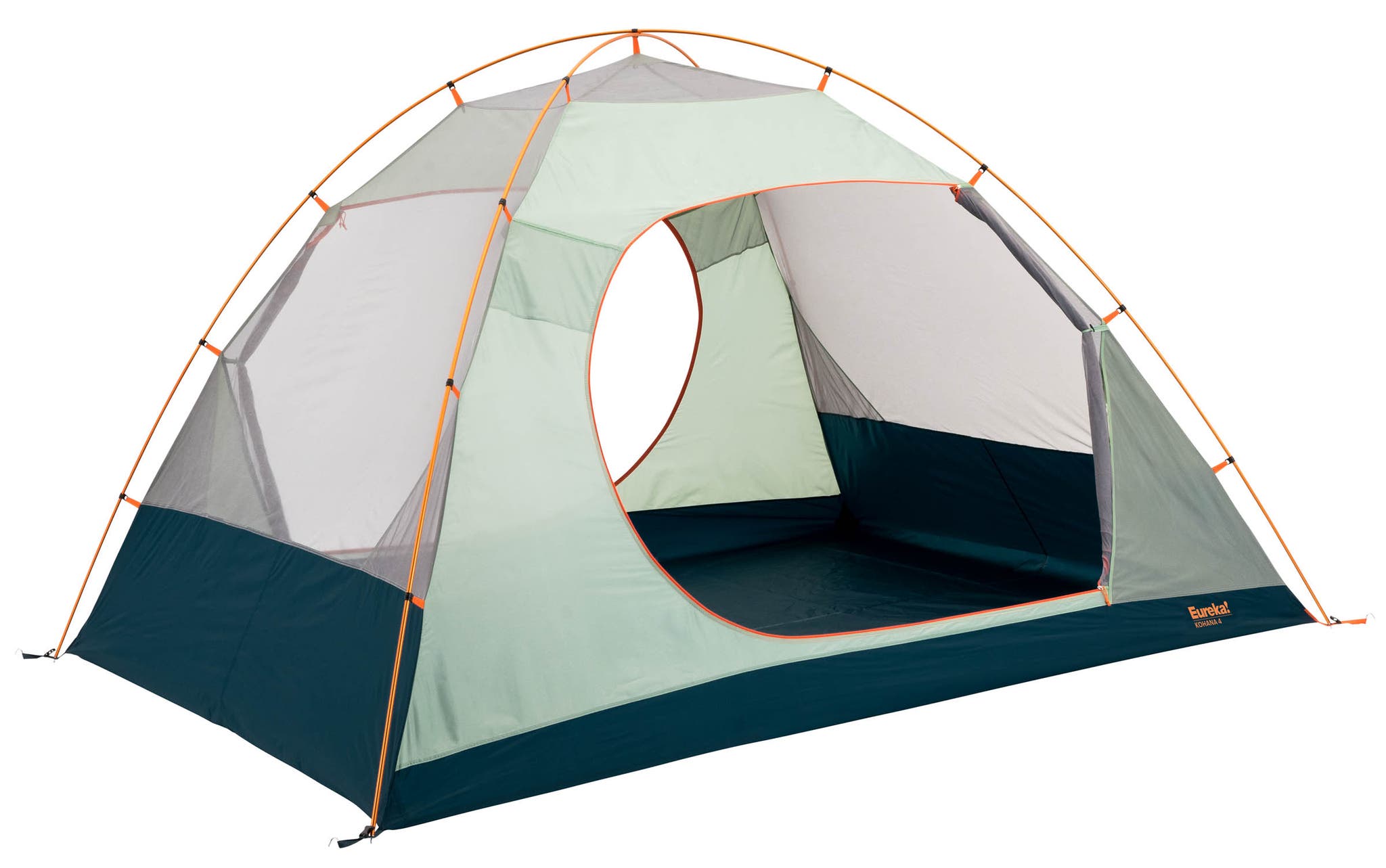If you buy through our links, we may earn an affiliate commission. This supports our mission to get more people active and outside.Learn about Outside Online's affiliate link policy
The 9 Best Tents of 2021 for Backpacking
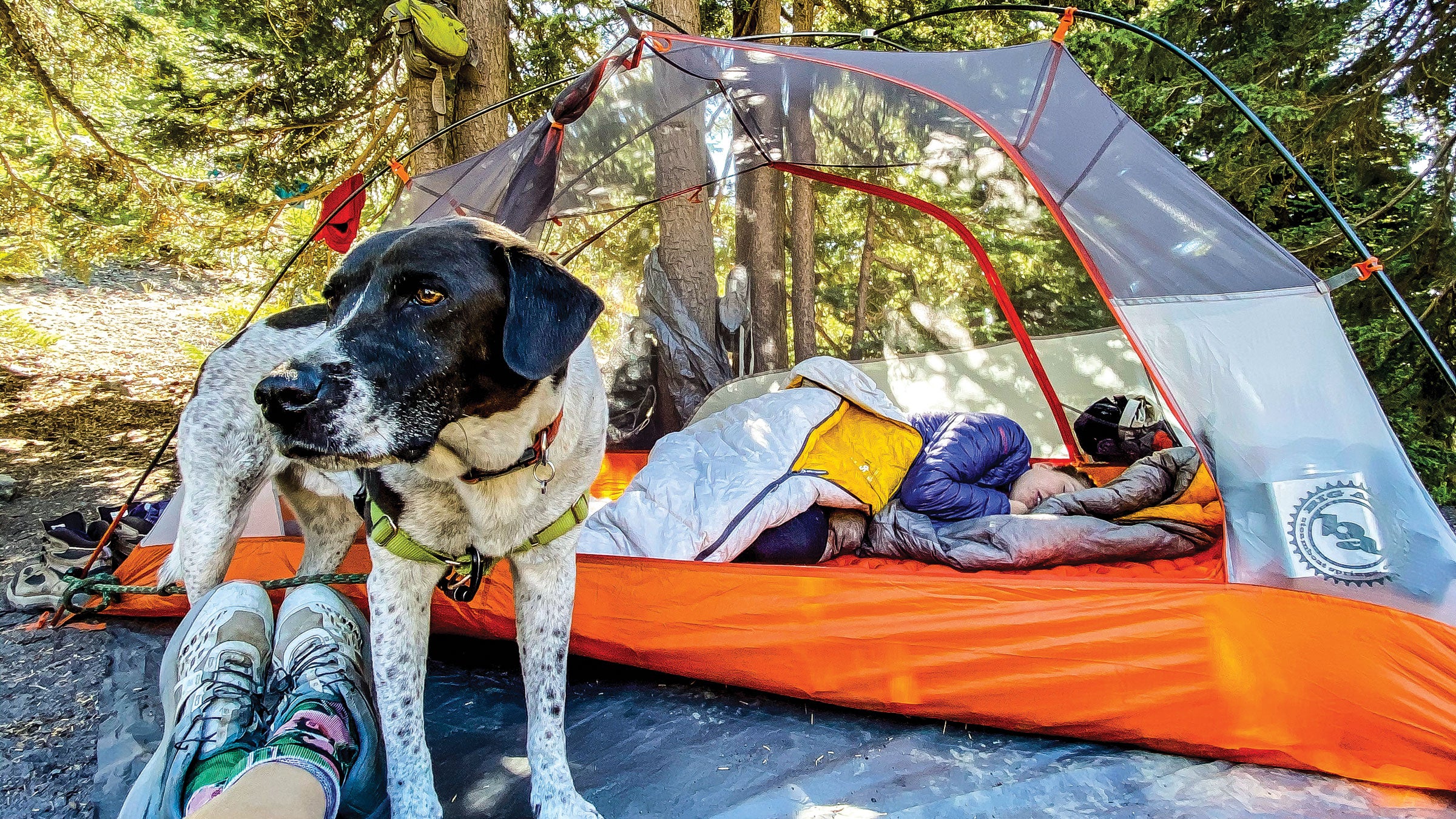
(Photo: Clare Healey)
When you make a purchase through our site, we may earn a commission.
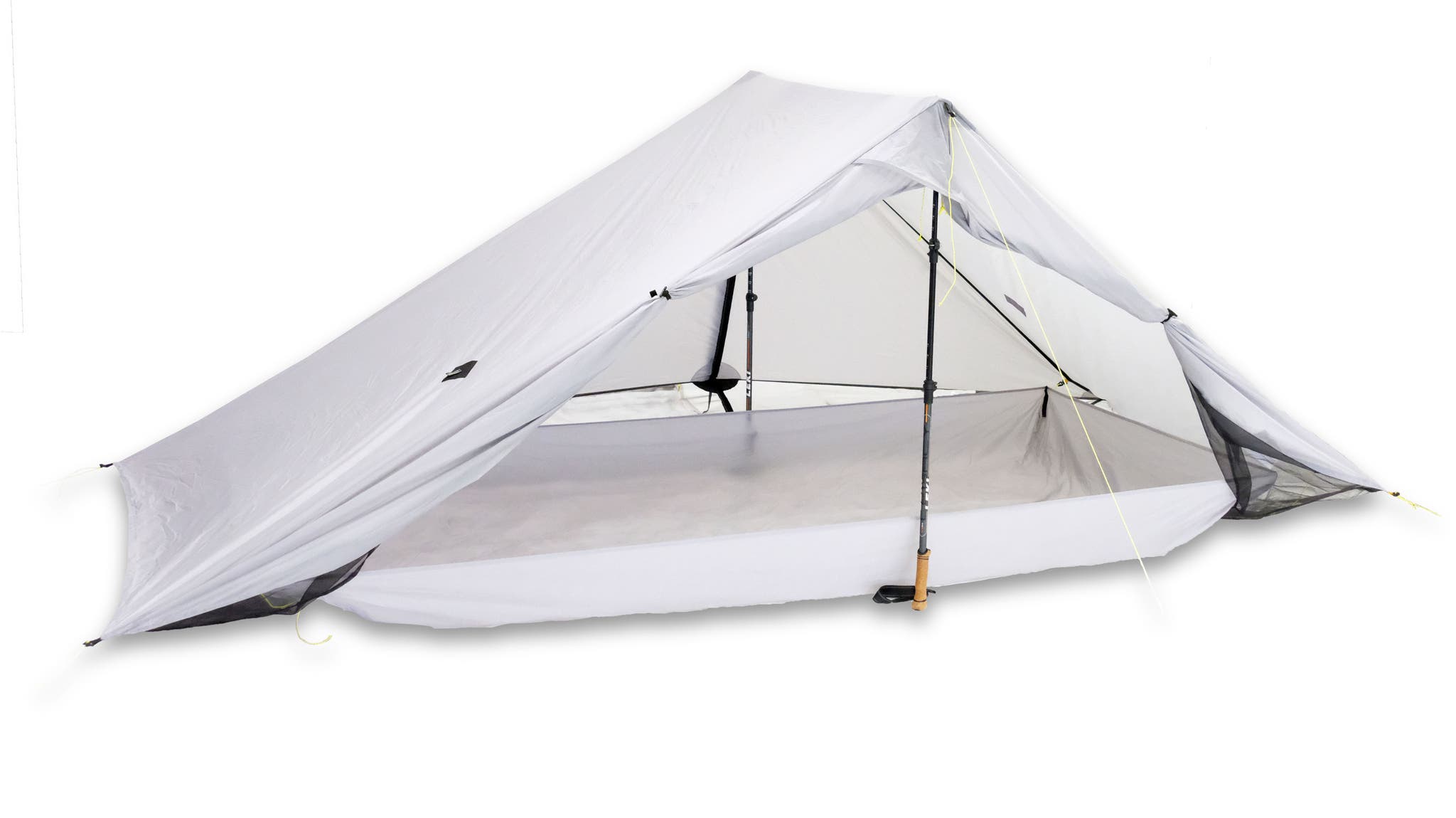
Lightest: Six Moon Designs Owyhee
Weight-obsessed minimalists, look no further than the two-person, 25-ounce Owyhee. This shelter uses a two-pole design that maximizes interior volume atop a 50-square-foot floor. “It was easy to move around under the tarp to get dressed and pack gear, even with two people inside,” one tester reported from Chugach State Park in Alaska. Buy Now / Read the Full Review
 Most Packable: Mountain Hardwear Nimbus UL 2
Most Packable: Mountain Hardwear Nimbus UL 2
Planning a trip where pack space is at a premium? Consider taking the freestanding, double-walled Nimbus UL 2. The tent body and fly compress down to the size of a Nalgene, and the single pole folds down to 17 inches in length. “It doesn’t even need its own stuff sack,” one tester said after a multiday trip in Colorado’s Gunnison National Forest. “I was able to pack it into a medium-size dry sack alongside other items.” Buy Now / Read the Full Review
Want to go deeper? Active Pass members get access to all of Backpacker’s stories, including our full gear reviews. Sign up today!
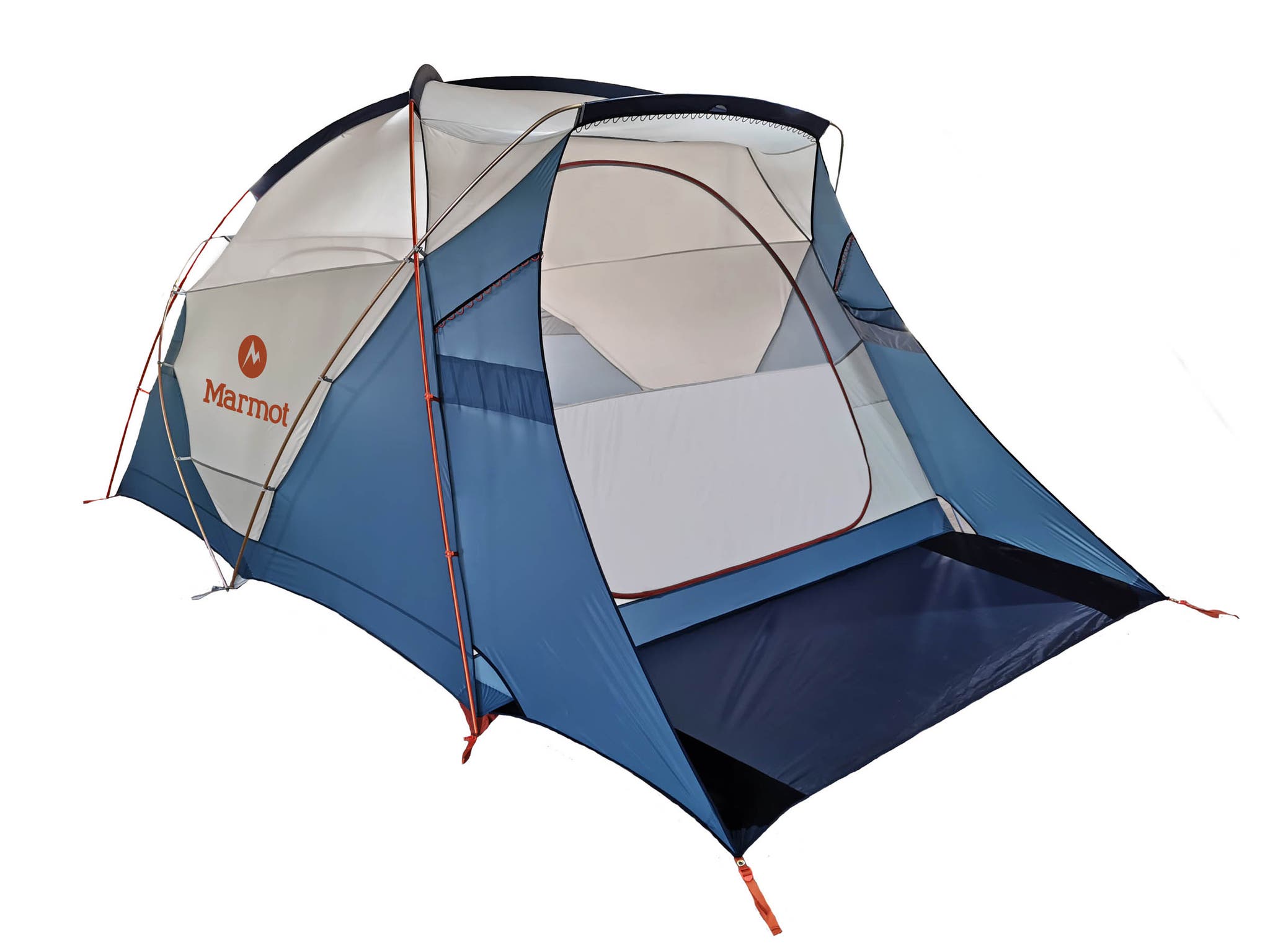
Best Features: Marmot Torreya 4P
There’s no reason to pack light with this car-camping behemoth. When it comes to storing your stuff, the Torreya has all the nooks and crannies you need: It boasts an impressive nine large interior pockets, including two that are partitioned into multiple pockets for smaller items. Buy Now / Read the Full Review
Best Value: Eureka! Kohana
Groups and families looking to score a livable, double-walled tent for a below-average price will appreciate the new Kohana. It has a class-average 60 square feet of floor space, two 16-square-foot vestibules, and a relatively low peak height—56 inches—for a tent this size. At $250, though, it’s significantly cheaper than many competitors. Buy Now / Read the Full Review
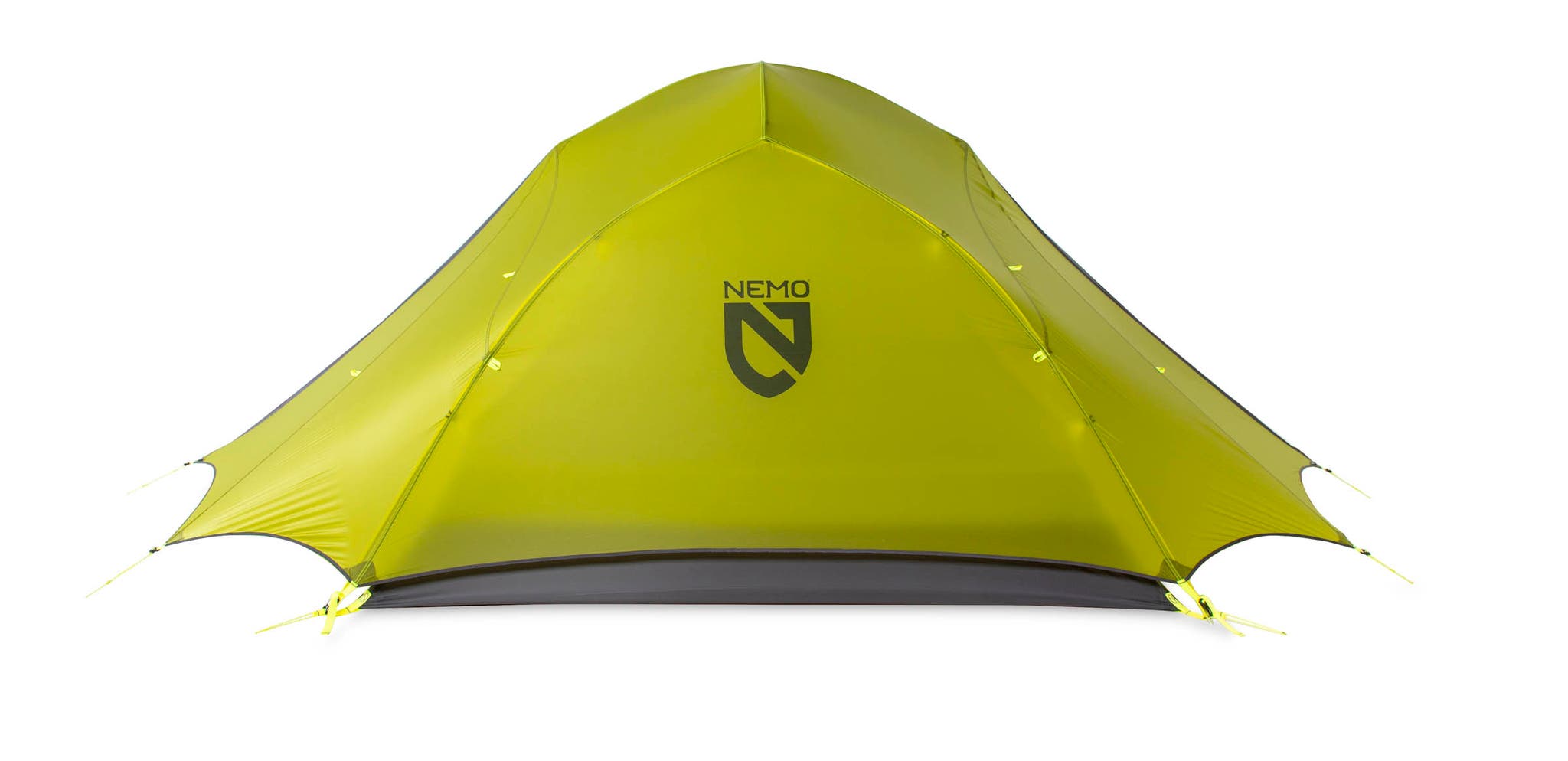
Best Space-to-Weight: NEMO Dragonfly 3P
Opulent and ultralight aren’t usually mentioned in the same breath, but with the Dragonfly you can have both. “With an average width of more than 65 inches and near-vertical walls, three won’t be a crowd. But because it’s so light, I often carried it as an extra-roomy two-person tent when camping with my girlfriend,” one tester says. Buy Now / Read the Full Review
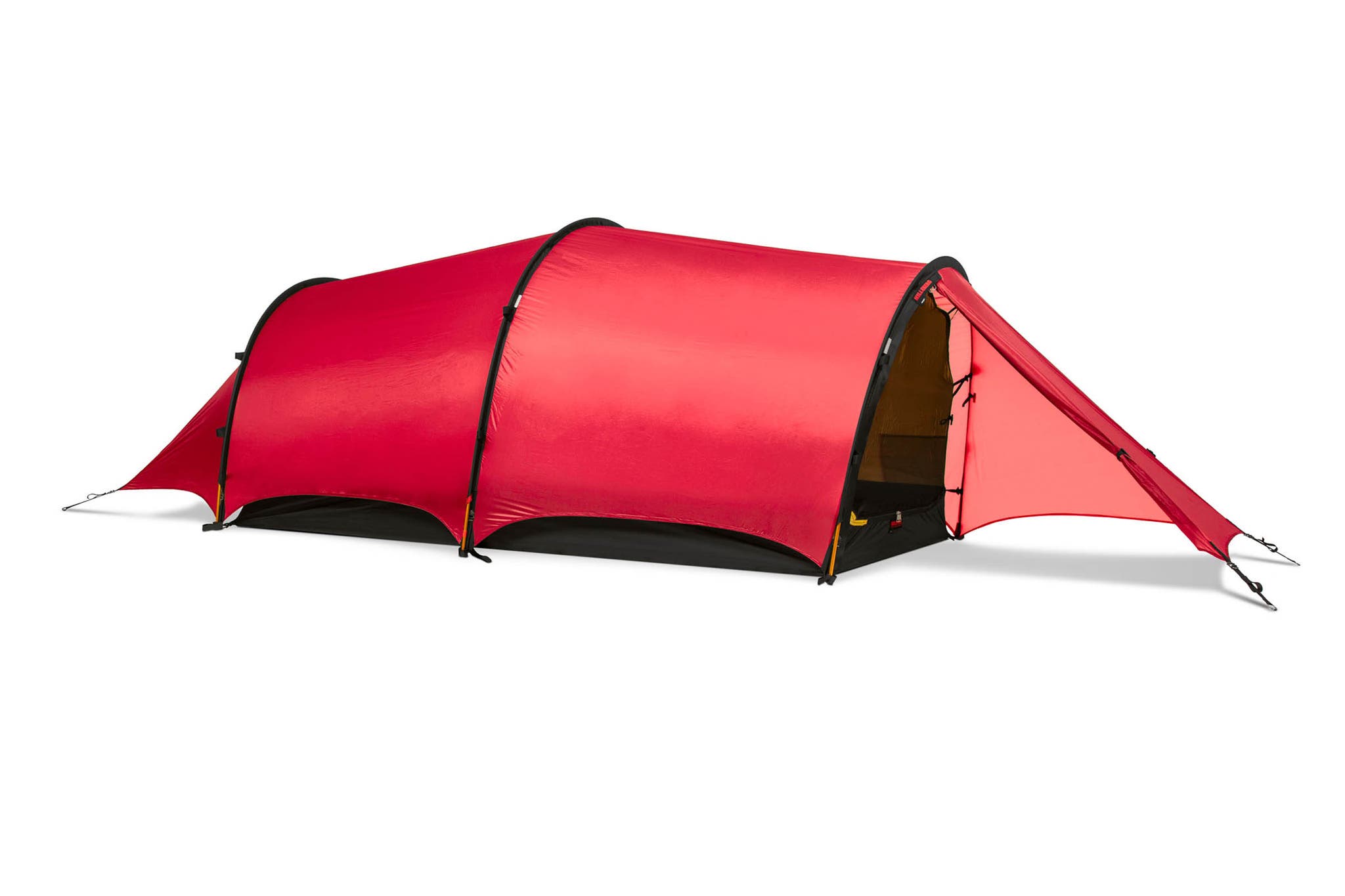
Best Protection: Hilleberg Helags 3
The price tag on the double-walled Helags 3 will definitely sting. But, its excellent strength-to-weight ratio and ability to withstand weather and the test of time might make the sticker shock easier to swallow, especially for those who regularly camp in nasty weather and unfriendly terrain. Buy Now / Read the Full Review
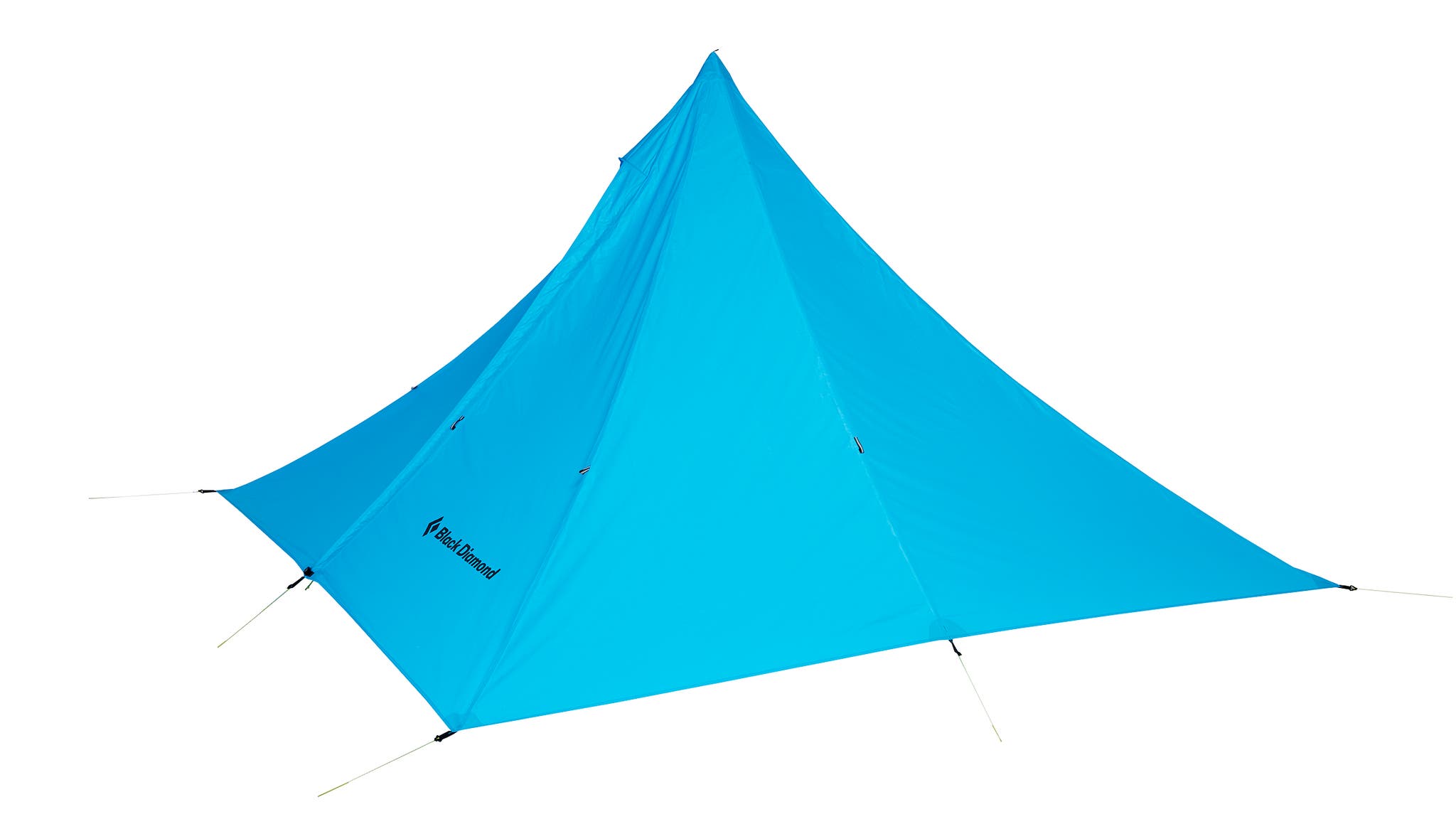
Most Versatile: Black Diamond Mega Light
Updated for this year, this longtime-favorite tarp shelter (we gave it an Editors’ Choice Gold Award in 2017) is now even more adaptable. Formerly constructed of nylon, the new Mega Light is now made of 30-denier polyester, which absorbs less water, stretches less when wet, and dries faster. Designers also reinforced it with pre-sealed seams that enhance durability. Buy Now / Read the Full Review
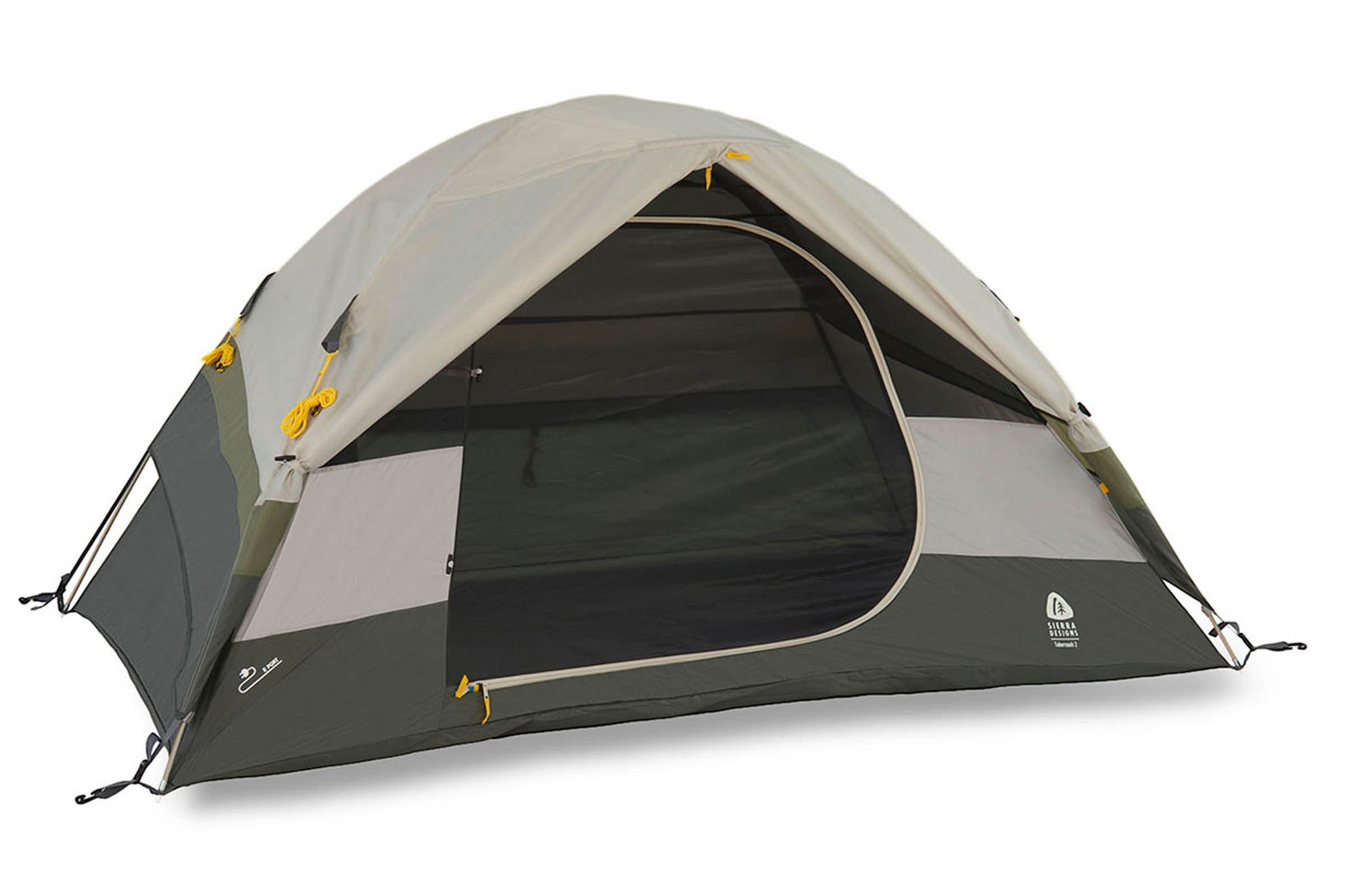
Best Bargain: Sierra Designs Tabernash 2
If you’ve ever been frustrated that “budget-friendly” tents cost around $200, Sierra Designs would like to have a word. Its new double-walled shelter is only $100, and for the price, there’s a lot to like: At 6.2 pounds, the Tabernash is relatively light for a frontcountry tent (it packs to 20 inches by 5 inches, and you could probably push it into easy backcountry duty), and a single large, D-shape mesh door aids in ventilation. Buy Now / Read the Full Review
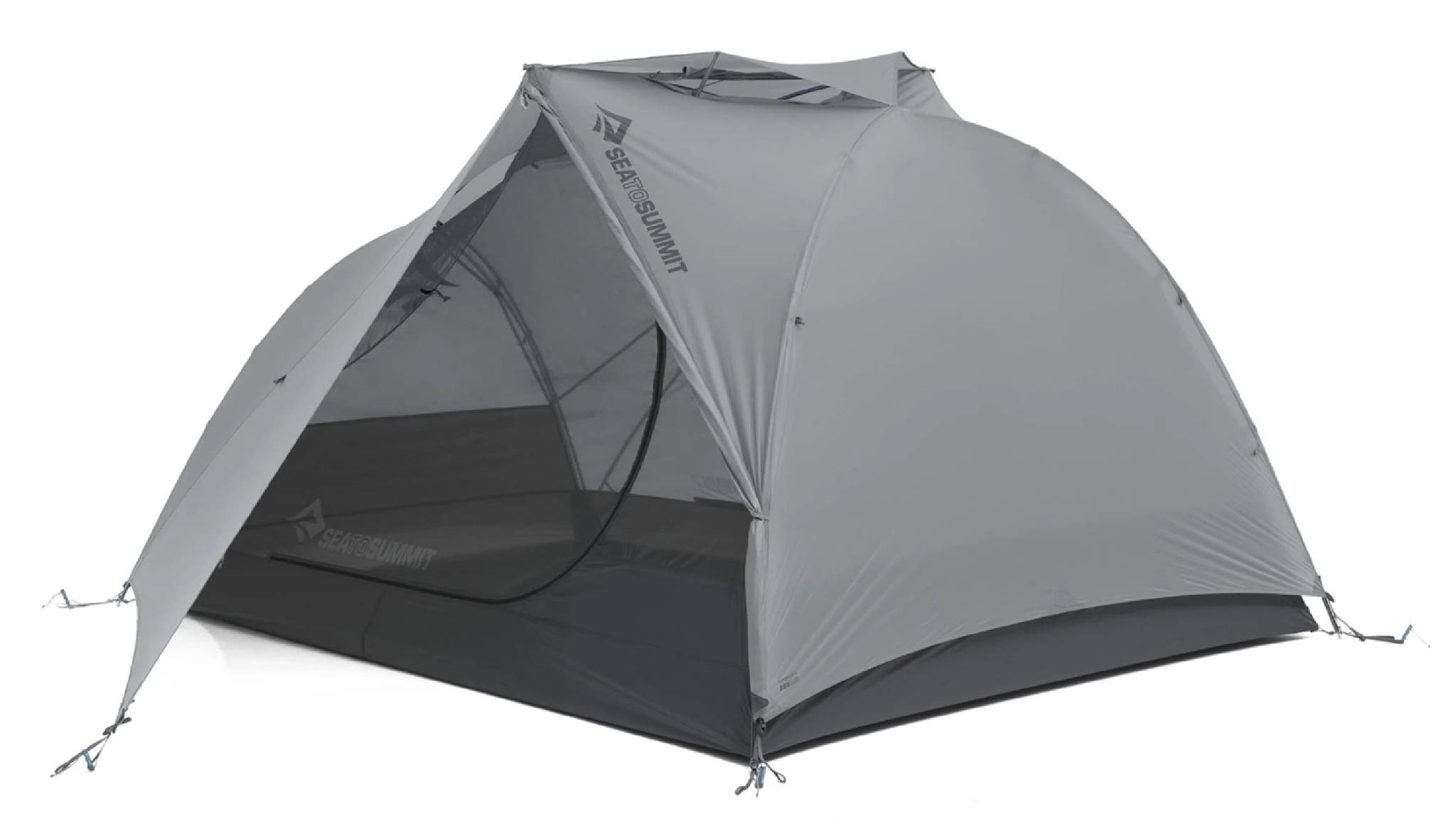
Editors’ Choice: Sea to Summit Telos TR2
If the devil is in the details, then this is the most unholy tent we’ve ever occupied. Nothing, it seems, escaped the attention of legendary tent designer Jake Lah, who collaborated with Sea to Summit for this two-person, freestanding tent. Naturally (since Lah is the guy behind DAC poles), it all starts with the structure. The single, multi-hubbed pole has an inverted V-shape top section that creates twin peaks and props up near-vertical walls. The design equates to a ton of livable space inside, while still being tensioned enough to prevent water from pooling atop the sil/PeU fly and strong enough to shrug off 25-mph winds when we camped at treeline in Colorado’s Indian Peaks Wilderness. Buy Now / Read the Full Review
